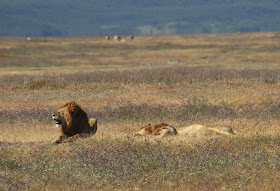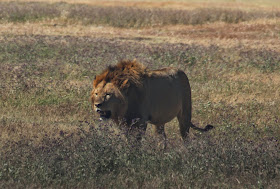When we started planning this trip a year ago, one of the places I was really excited to visit was the estate of author Karen Blixen in Nairobi. Blixen, who also wrote under the pen name Isak Dinesen, is the author of the memoir Out of Africa, a book most of us probably wouldn't have heard of if not for the beautiful movie of the same name.
Christhopher Ondaatje, the author of Hemingway in Africa: The Last Safari, wrote ". . . for anyone who longs to relive African sights, sounds and smells, [Out of Africa] is the film to watch and watch again; the next-best thing to being in the bush."
I read the book right before our trip, and Bob and I watched the movie, which reminded me how much I love the combination of Robert Redford and Meryl Streep. (It won seven Academy Awards in 1984, including the Oscars for Best Picture, Best Director, Best Original Score, and Best Cinematography.) In addition, the soundtrack has long been my favorite of the many scores composed by John Barry. I think I got the CD for Christmas the year the movie came out, and I've since listened to it hundreds of times.
By the time we finally got to the Karen Blixen Museum, the setting of the movie had become part of our lives-- the awe and unpredictability of the vast landscapes, the wondrous variety of living things, the enigmatic natives--and as we drove up to the house, I could almost picture Karen sitting on the front porch, patiently sipping her English tea and scanning the sky for Denys's biplane.
 |
| Did Karen Blixen's Kikuyu servants trim the bushes in front of her house into topiary masterpieces? I think not. |


























.JPG)



